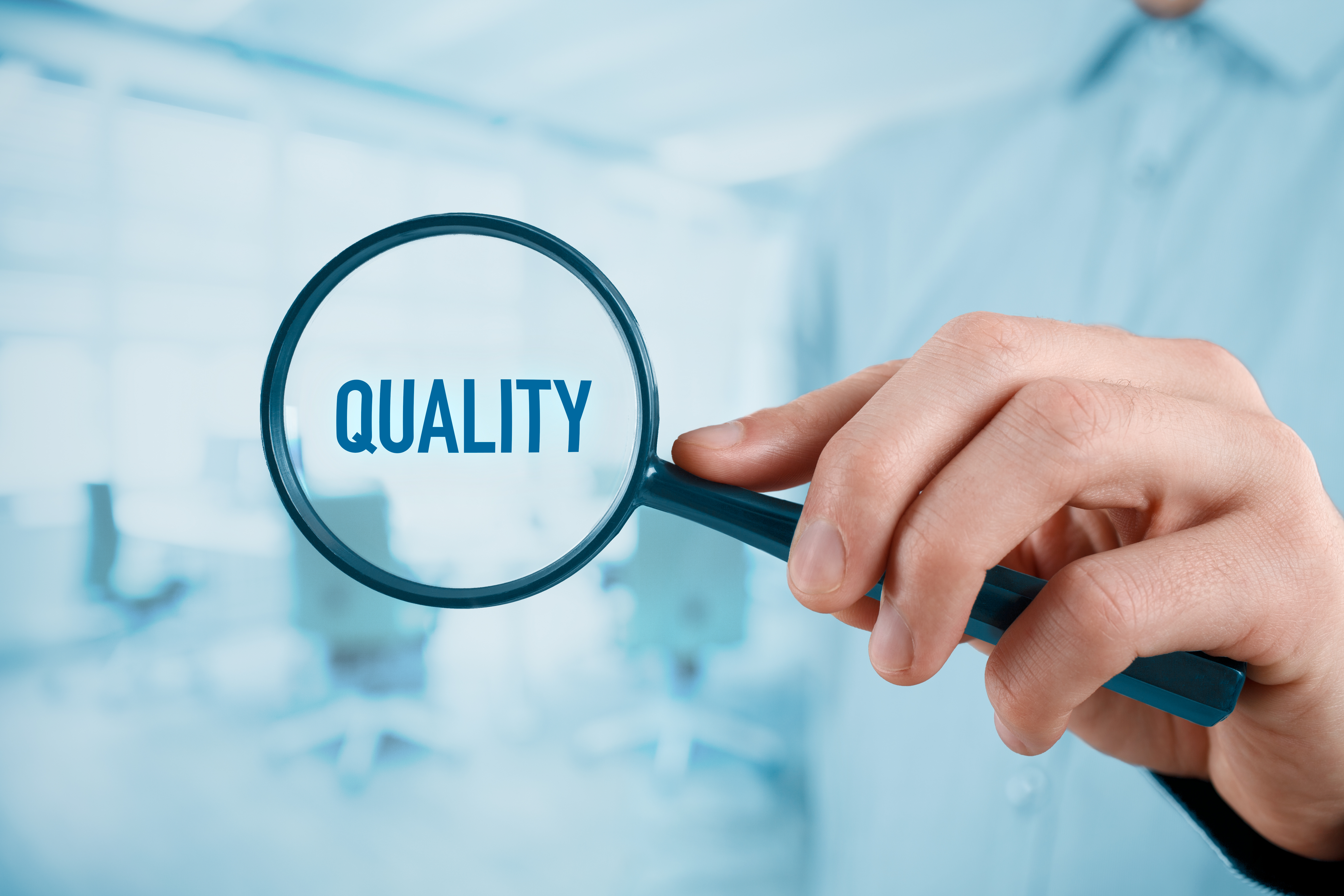I recently read an article from Medtech Insights on how device giants Stryker and Baxter embrace a quality first culture – and yield positive results. In the article, Stryker’s Medha Trivedi, the company’s senior director of global quality and operations said something that resonated.
“Compliance versus quality – the procedure could be beautifully done in 400 pages, but if the engineer is not really looking at it for what it is intended and is just doing a ‘check-the-box,’ the design of the product is going to be not up to snuff.” - Medha Trivedi
Often, packaging engineers are on an island within their companies. Although unfortunate, it makes sense. The packaging engineer is meant to be the expert in packaging across multiple products and categories while multiple R&D engineers support one product launch. The challenge is that because packaging engineers are typically the sole person interpreting standards and ensuring compliance to them, it can be easy for others to question the compliance to the procedures. Sometimes, it can be challenging even for packaging engineers to understand the intention behind why a standard was written. Luckily, there is a community of medical packaging engineers who can help others understand original intent of packaging specific standards.
At the end of the day, the most important thing is to ensure patient safety. That means while the procedures in every organization may be harmonized and clear, it is just as important to ensure each product is put through its own critical lens to ensure the intent of the development, validation, and verification requirements are met. One example is sample size. Sample sizes must be based off risk classification for the product. Some companies adopt a ‘one size fits all’ sample size for their global packaging procedures. If a company manufactures a large spectrum of products (i.e., class I disposables that only touch the outside of mostly healthy patients and class III implantables for critically ill patients), the risk classification could look very different. This means that either the global procedure must be very conservative to account for all risk profiles of every device, or there may be a gap in the justification of sample size determination.
This example is one of many and why the role of a packaging engineer is so important to the overall product development (device+(package & label)=product). If you look at each product, its intended use, and the intention of the standards, you are sure to help foster a quality first culture to create best-in-class quality products.

.png)


